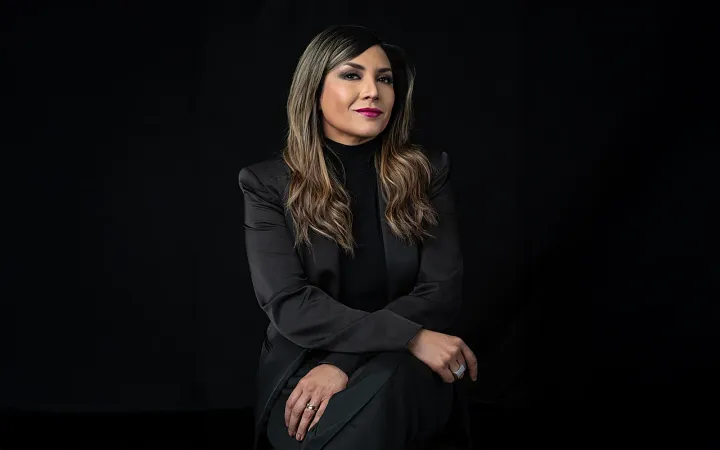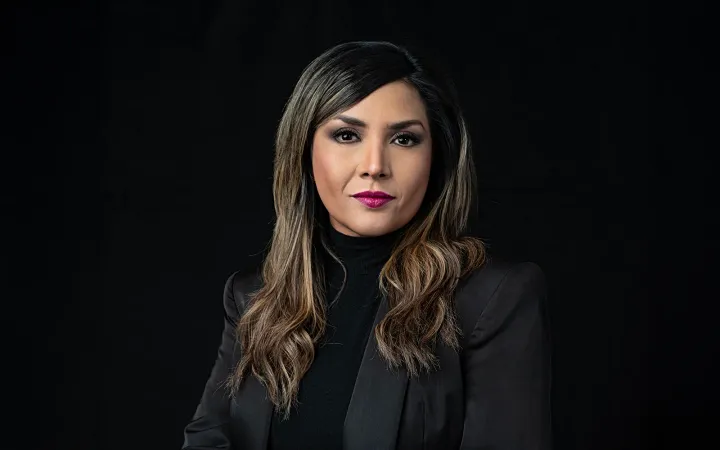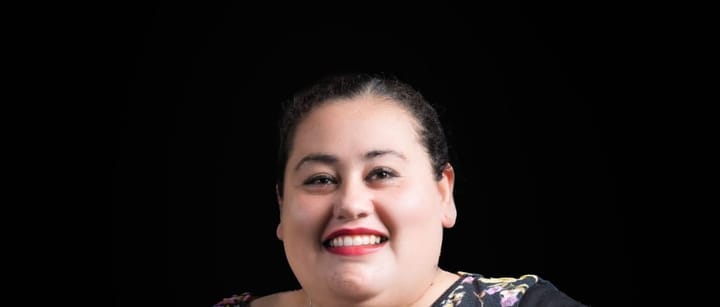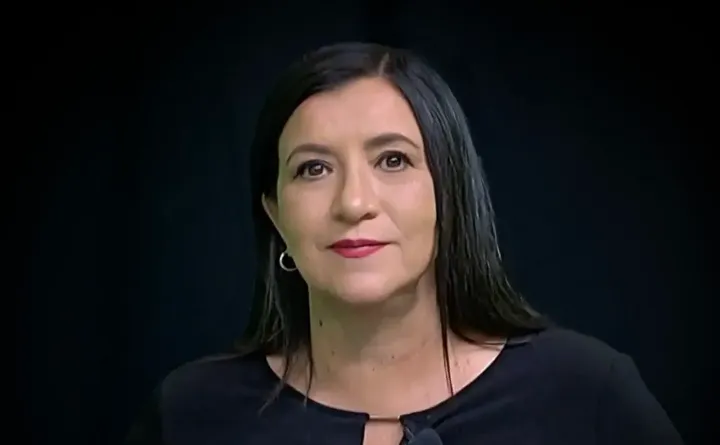Por Sandra Romandía
Siempre hay una dicotomía entre el impulso de hacer y la necesidad de detenerse a pensar si lo que se va a hacer, se va a hacer bien. El dilema ético se instala en la garganta del periodista justo cuando se presenta la oportunidad de presenciar el horror desde la primera línea. ¿Se trata de informar o de invadir? ¿De testificar o de profanar?
El pasado miércoles, cuando el fiscal general de la República, Alejandro Gertz Manero, anunció que abriría las puertas del Rancho Izaguirre en Jalisco —un lugar señalado como campo de exterminio por colectivos de búsqueda— y que permitiría el acceso a medios de comunicación al día siguiente, mi impulso natural fue decir: “yo quiero ir”. Escribí al departamento de Comunicación Social y busqué el vuelo más próximo desde la Ciudad de México. No soy ajena a ese reflejo profesional de estar donde ocurre lo que importa, aunque esa urgencia, a veces, tropiece con zonas oscuras de nuestra responsabilidad.
Ya en Guadalajara, al llegar a la Fiscalía estatal —el punto de encuentro para los medios—, no fue el calor, ni la logística improvisada lo que me golpeó primero. Fue un hedor: un mal olor metafórico, putrefacción en sentido figurado. ¿Qué íbamos a hacer? ¿Quizás solo mirar desde fuera? ¿Tal vez ingresar uno por uno, guiados por un perito? ¿O asistir a una puesta en escena cuidadosamente ensayada? ¿Seríamos cómplices de una profanación institucional disfrazada de transparencia?
A mi alrededor estaban muchos colegas: periodistas de medios nacionales, internacionales, locales. Compartimos nuestras dudas, nuestras expectativas, nuestras contradicciones. Todos estábamos ahí por convicción y por oficio, pero también por esa pulsión que no siempre distingue entre lo informativo y lo morboso. El periodismo, como el bisturí, corta para sanar, pero también puede herir si no se usa con cuidado.
Nos subieron a camiones —tres, quizá más— que partieron hacia el ejido de La Estanzuela, donde se ubica el rancho Izaguirre. Pasamos por Tala, otro nombre marcado por la violencia: ahí, en 2017, se descubrió un campo de reclutamiento del Cártel de Jalisco Nueva Generación. La carretera era un trayecto físico y simbólico hacia la repetición del horror.
Al llegar al ejido, descendimos en medio de un calor de 41 grados, sin sombra, sin agua, sin toldos, sin cuidado. Caminamos un kilómetro bajo el sol. Yo, que apenas podía con el sudor y la incomodidad, pensaba en lo ridículo de mi sufrimiento comparado con el de quienes fueron torturados, calcinados y enterrados ahí. El dolor ajeno tiene una escala imposible.
Lo primero que me recibió no fue una autoridad, ni una explicación, ni un protocolo. Fue el llanto. Una mujer, la señora Mary, gritaba: “Nos mintieron. Pensé que encontraría algo de mi hijo, pero ya no hay nada”. Las madres habían llegado desde otras ciudades, algunos desde otros estados, con la esperanza de encontrar alguna pista, algún objeto, alguna prenda. Pero el rancho estaba barrido. El escenario ya había sido limpiado por la Fiscalía: las mochilas, los zapatos, las playeras, las prendas íntimas, todo había sido recolectado —nos dijeron— por peritos y enviado a análisis forense.
¿Pero qué quedó? Quedaron las fosas. Quedaron las cenizas. Quedó el olor a muerte que ninguna versión oficial puede disipar. Y también quedaron restos más evidentes: un cepillo de dientes semienterrado, ropa interior, calcetines, cucharas. Uno no necesitaba más que mover un poco la tierra para encontrar objetos personales con potencial valor forense. ¿Y por qué estaban ahí? ¿Por qué nadie los había recolectado? ¿Quién responde por lo que se dejó?
Lo que más me inquietó no fue lo que ví, sino lo que no se nos permitió entender. No había un solo funcionario que pudiera explicar qué eran los banderines amarillos, las zonas acordonadas, las marcas en los cerros. A cualquiera que le preguntabas, te respondía: “Yo no sé nada”. ¿Y quién sí sabe? “No sabemos”. Una escena de crimen sin contexto, un museo del horror sin curaduría. Y al fondo, las madres llorando. Y entre todos, los periodistas pisando restos humanos mientras preguntábamos si eso era una fosa o una sombra.
El recorrido fue caótico. Nos movían de un punto a otro sin explicación. Nos decían qué podíamos ver y qué no, pero sin razones técnicas ni éticas. Y en medio de esa improvisación, las víctimas revictimizadas. Una y otra vez. Porque no solo se trata del crimen inicial, sino de todas las formas de negligencia que le siguen: limpiar el rancho antes de que lleguen los familiares, impedir que se registren objetos importantes, abrir sin protocolo un sitio con restos humanos, y, lo más indignante, hacerlo sin nadie que pueda nombrar lo que estamos viendo.
Yo, como muchos colegas, me fui con más preguntas que notas. ¿Por qué fuimos? ¿Qué hicimos ahí? ¿Era válido? ¿Ayudamos a documentar o solo estorbamos? En un país donde la barbarie se ha institucionalizado, incluso el periodismo debe preguntarse si llega tarde, mal o innecesariamente.
El rancho Izaguirre es una herida abierta. Pero la manera en que el Estado gestiona esa herida —con torpeza, con soberbia, con silencio— la infecta aún más. Las cenizas ya no son evidencia, son testigos del abandono. Y nosotros, los periodistas, a veces no somos testigos, sino parte del ruido que impide escuchar lo que realmente grita la tierra.

Las opiniones expresadas son responsabilidad de sus autoras y son absolutamente independientes a la postura y línea editorial de Opinión 51.






Comments ()